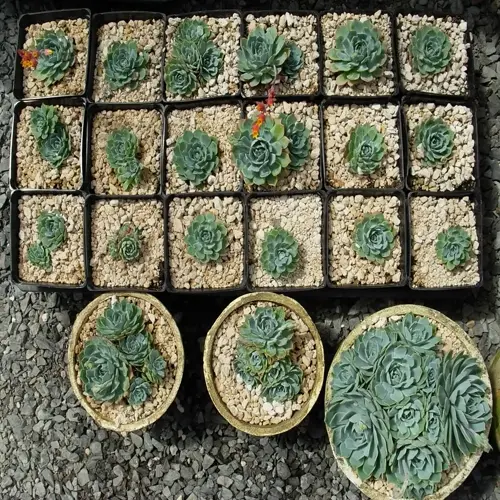How should I deadhead roses for continuous blooming?

Written by
Michael Sullivan
Reviewed by
Prof. Martin Thorne, Ph.D.Proper deadheading roses helps trigger ongoing flowering from summer into late fall. Target the area below spent flowers, specifically the first five-leaf junction. Cut 0.25 inches above the outward-facing buds at a 45° angle. This encourages the plant to direct energy to new blooms rather than seed production. Weekly deadheading helps maintain good plant shape, vigor, and health.
Tool Preparation
- Sanitized pruners: Wipe with 70% alcohol before starting
- Sharp blades: Ensure clean cuts that heal quickly
- Gloves: Protect hands from thorns during frequent handling
Cutting Technique
- Locate five-leaf junction: Identify the first full set below bloom
- Angle precisely: 45° cut away from bud
- Direction matters: Always cut to outward-facing growth points
Timing is important for accomplishing effective deadheading. To give your plant a hydrated feel, do it in the early morning. Deadheading in the mid-heat section of the day, when daytime temperatures are above 85°F (29°C), puts stress on the plant. I always carry a small bucket to collect discarded blooms while walking around the garden. Consistent deadheading discourages the spread of disease.
It is essential to identify leaf junctions accurately before cutting. Five-leaf junctions have strong buds that produce high-quality stems, and three-leaf junctions produce weak growth. I explain this concept by examining the leaf junctions of other varieties. The proper identification leads to strong reblooming.
Steer clear of common pitfalls such as trimming too high or too low. Long stubs create a risk for disease. Cutting too deeply into the junction will damage growth points. Always disinfect your tools between plants. I use colored tape to mark my pruners as an added visual reminder.
Post-deadheading care enhances performance. Water thoroughly after each session. Apply bloom-booster fertilizer every 3 weeks. Watch for pests attracted to the fresh cut. Your hard work brings infinite color right up to the first frost!
Read the full article: How to Prune Roses for Vibrant Blooms

